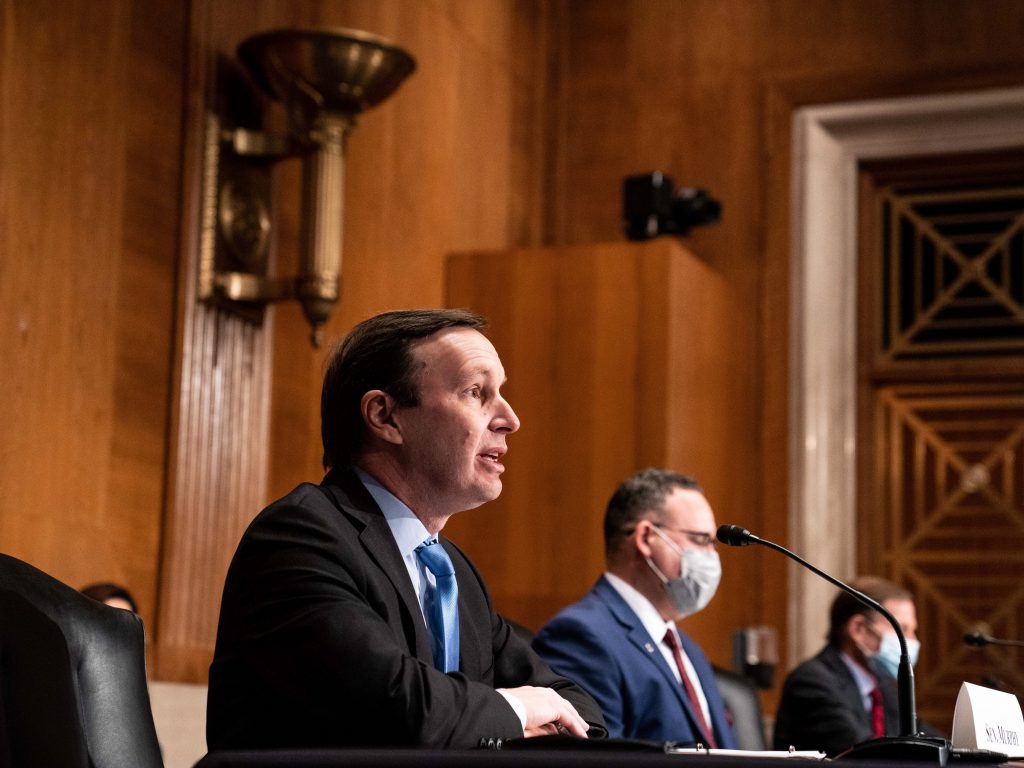- The "boyfriend loophole" prevents abusers from owning a gun if they lived with, were married to, or had a child with their victim.
- Evidence shows a connection between domestic violence and mass shootings.
- In 53% of mass shootings between 2009 and 2020, the perpetrator shot a current or former partner or family member.
A child protection specialist says closing the "boyfriend loophole" in the gun safety package will have a huge impact on child safety.
The loophole – which prevents convicted domestic abusers from owning a gun only if they lived with, were married to, or had a child with their victim – is one aspect of the bipartisan deal senators have put forth following the mass shooting at an elementary school in Uvalde, Texas, that killed 21 people and wounded 17.
Patrick Perion, a child protection specialist with the Department of Children and Family Services in Illinois, told Insider that the boyfriend loophole was present in all of the intimate partner violence cases he's investigated when children and guns were involved.
Perion said addressing this gap will have a "huge impact" on child safety because of the violence children are subjected to in these disputes. "They're witnessing this ongoing violence which is detrimental to their development," he said.
Federal law states convicted domestic abusers are prohibited from having guns, but only if they were married to, lived with, or have a child with a survivor of domestic violence. Dating partners aren't held to the same standard in some states, which has come to be known as the "boyfriend loophole."
In the last few years, Perion told Insider guns have become more prevalent in his work. He said in domestic violence altercations where a gun is present, the reason the firearm was allowed to be in the home was because of the boyfriend loophole.
"There have been many [incidents] where there was an order of protection issued against the boyfriend and he was still able to legally have a handgun and then later threatened the mother of the children with the handgun," he said.
Everytown Research & Policy found that in at least 53 percent of mass shootings between 2009 and 2020, the perpetrator shot a current or former intimate partner or family member during the event.
Shannon Frattaroli, a professor at the Johns Hopkins Bloomberg School of Public Health told Insider that historically, there hasn't been enough attention paid to the overlap between intimate partner violence and firearms.
"We have good evidence that tells us that separating people who are violent toward their intimate partners from guns when they are subject to a domestic violence restraining order makes a difference in terms of victim safety," she said.
While the bill hasn't been drafted yet, Frattaroli said she'd like to see a broad definition of what constitutes a dating partner. Additionally, she thinks this is a chance for legislators to be strategic about how the law is written when it comes to domestic violence protection orders.
Addressing the loophole doesn't come without its caveats. Stephanie Saxton, a domestic violence survivor, said her ex-husband had access to unregistered firearms.
"Obviously, there's limitations with this loophole, and that's one of them," Saxton told Insider.
Another challenge is safely storing firearms from those who aren't allowed to have access to them. On Monday, a man in Texas opened fire at a summer camp after stealing his wife's gun.
The gun safety package has the support of at least 20 senators, such as Democrat Chris Murphy who is at the forefront of it. According to reporting by The Wall Street Journal, senators have stalled on the language in the bill prior to breaking for the weekend.
